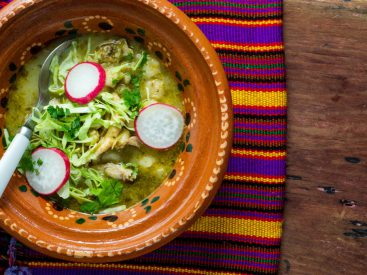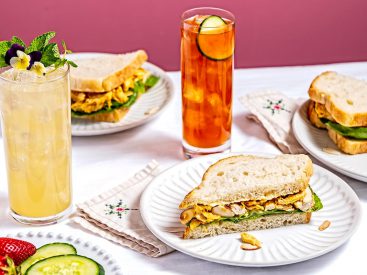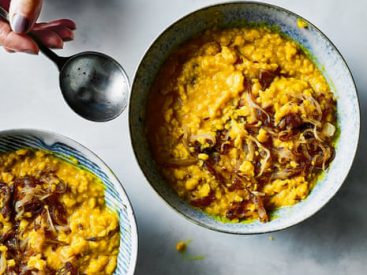I first became aware of Atlanta registered dietitian nutritionist Nichole Dandrea-Russert earlier this year, when I wrote about her recent book — “The Fiber Effect: Stop Counting Calories and Start Counting Fiber for Better Health” (Hatherleigh Press, $15) — which makes the case that fiber can help regulate blood […]
Delicious!
Delicious!



